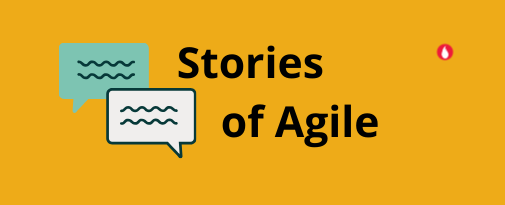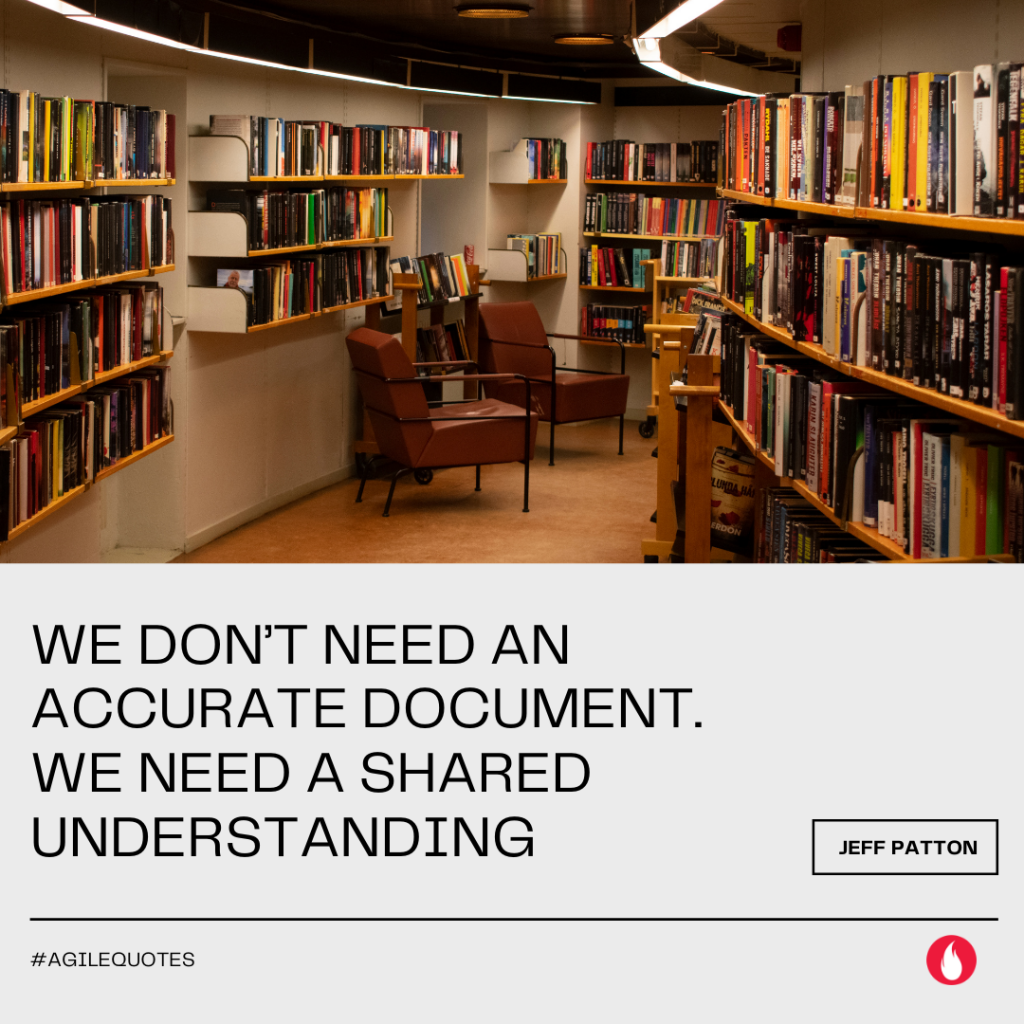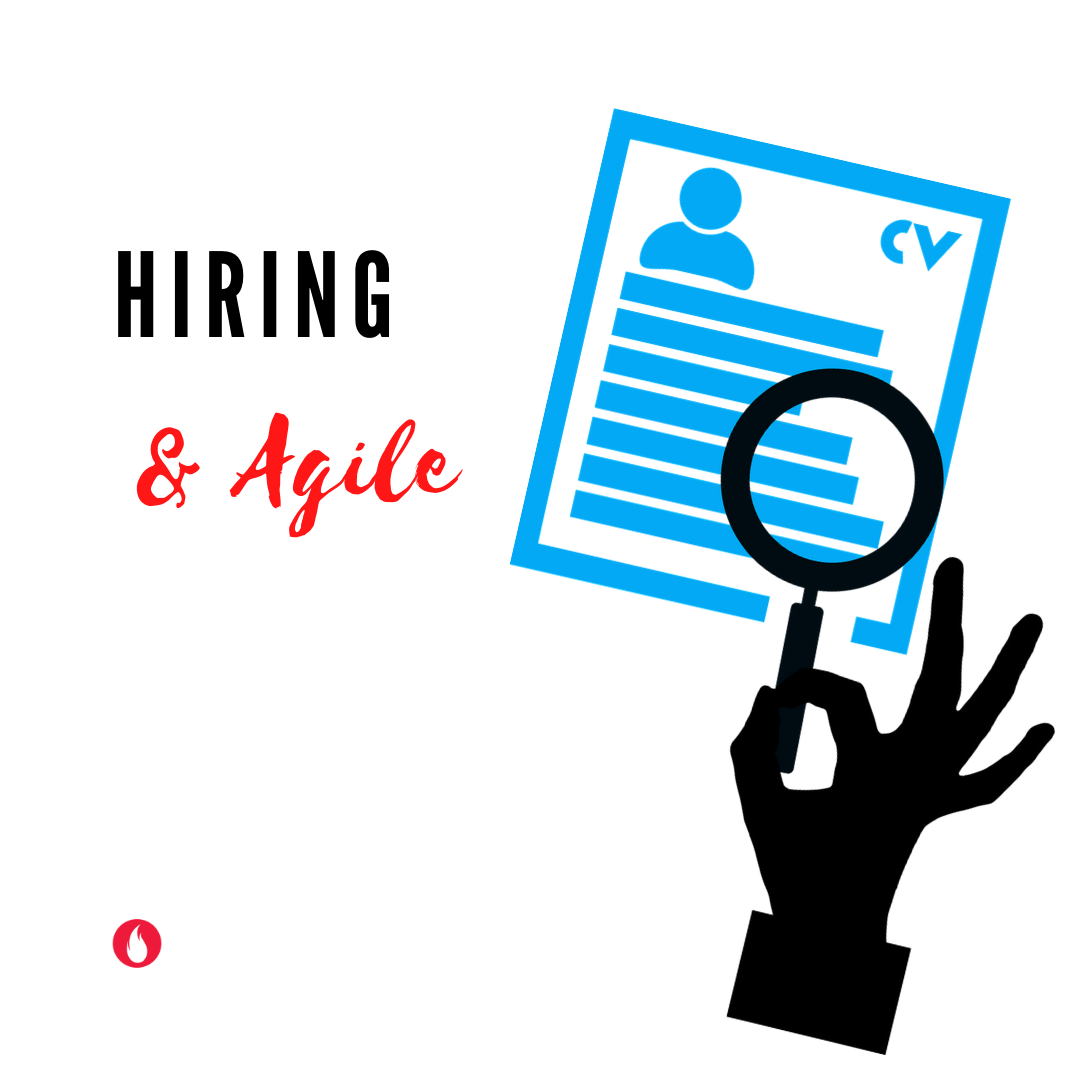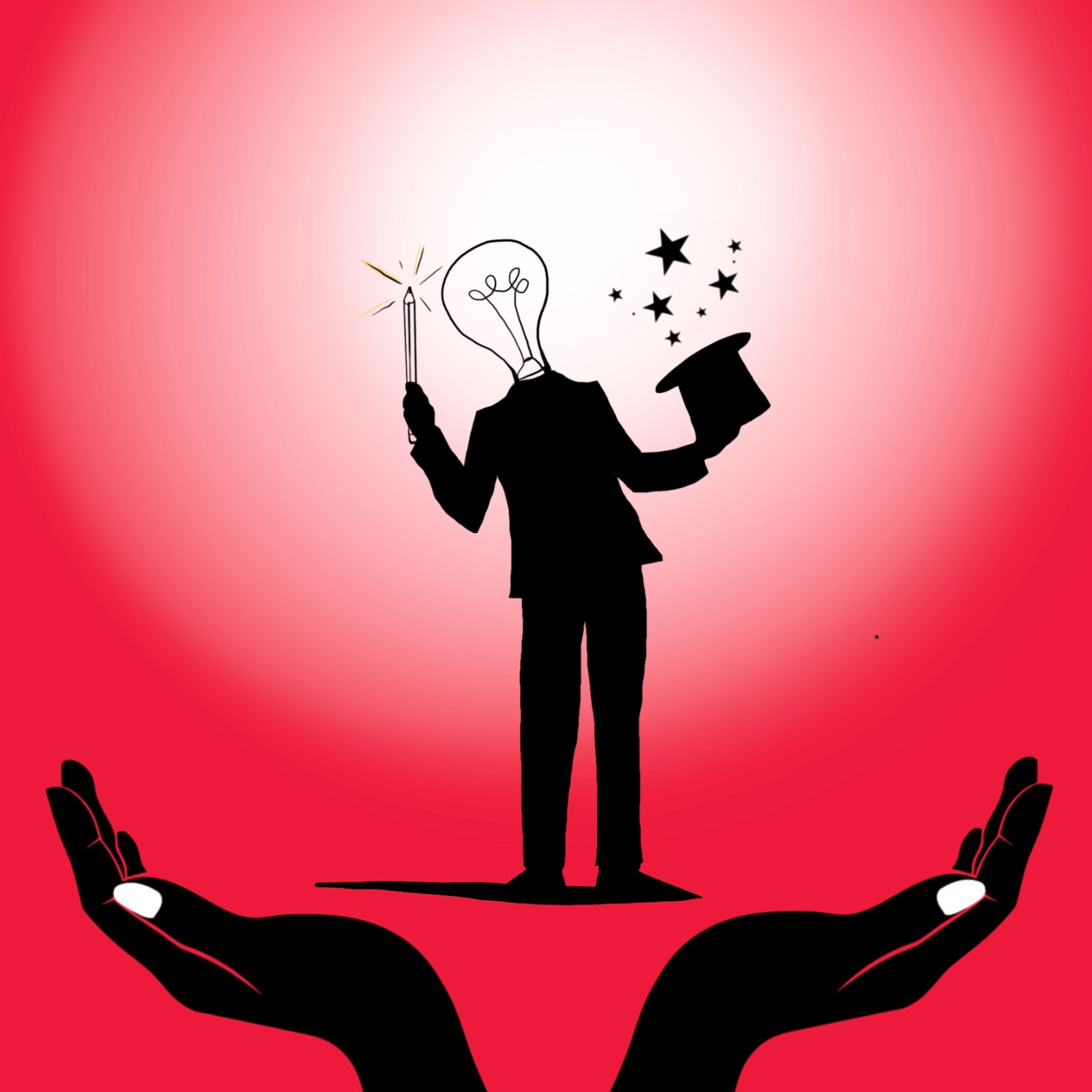A typical scenario in the recruitment process of a large organisation goes something like this. A hiring manager gives his requirements to the hiring team and waits for resumes. The recruitment team takes the requirement, sources resume(s). Then, they wait for the hiring manager to complete interviews. If this set of resumes don’t click and the hiring manager selects none, the cycle repeats again. In this cyclical loop, sometimes demand situations change. Then the hiring teams are back to square one. Is there a better way to hire? We have a story for you on how agile mindsets and methodologies were applied in the hiring process by IBM. Read more to find out that better is possible in hiring with Agile.

Agile creates value
An agile mindset is about creating value. We have studied how IBM applied agile to its hiring process and what the human experiences were. When you apply this mindset to the hiring process, it translates into action and processes like this:
- Once the hiring manager shares his requirements you request him/her to prioritize.
- This gives a prioritized list to the recruitment team.
- They then work on the high value items first instead of spreading themselves thin.
The work of hiring a specified number is broken into tasks for every fortnight. With the highest value hiring requests being taken up first.
Agile welcomes changing demands
The biggest crib from the recruitment team is that demands from the hiring manager’s keep changing. They are told of the change in requirements after they source and share resumes with the hiring manager. The recruitment team then has to go back and rework from scratch. This delays the whole hiring process and leads to loss of morale. An agile mindset of transparency and communication can help teams stay in tune with changing demands. This mindset translates into the recruitment processes like this:
- A cross functional team comprising of the recruiter(s) and hiring manager(s) get into a huddle every day for 15 mins.
- They discuss what they completed yesterday, what they will work on today and any support they need.
This process gets both parties (the recruiter and hiring manager) information in real time. The recruitment team learns of changing demand as it happens. The hiring manager understands the dependencies on him/her. This transparent communication creates more collaborative teams and better outcomes, as was found by IBM.
Reflection in hiring
A recruiter’s life is fast paced. Stopping to do anything else than hire, is often frowned upon and considered impossible. Making time for reflection in action makes one go faster. These structured reflection processes called as retrospectives add to the team’s effectiveness. This mindset of reflection translated into processes and tools looked like this:
- Every 15 days the recruitment team along with the hiring manager huddled in a retrospective.
- They deliberated from a safe space on what went well, what can go better and what they would do differently.
This format allowed them to identify small areas of improvement on an ongoing basis and apply it. They also celebrated success and milestones in these retrospectives, thereby building momentum.
Hiring in IBM
The process listed here are real life experiences from the hiring teams in IBM. IBM has gone on to create an Agile Talent Acquisition Framework. They have been able to deploy it for many of their clients as well. A few of the benefits listed by IBM after adopting agile mindset and methodologies in hiring are:
- Reduced average cycle time by nearly 50%.
- Reduced cancellation rates of requisitions by 75%, resulting in significant reductions in waste.
Identifying high value tasks
The biggest takeaway from this story is that Agile’s calling card is creating value. Agile is able to generate best outcomes for the teams when it is directed towards the highest value tasks. Many teams jump in and apply the rest of the downstream processes like stands-ups, retrospectives, sprints without first being clear on high value tasks.
To get the best from Agile we need to identify and rank the high value tasks. For leaders that often means letting go of some tasks, or putting them on the back-burner. We see leaders and clients struggle with removing something from their plate or even keeping it for later. Without this crucial first step of identifying high value items and prioritising them, agile at best will be able to deliver moderate results. Agile creates value when you know what is your most high value task and are willing to focus on it first.
Apart from one story which captures the human centric change in the world of Agile, the Agile OWL brings to you every fortnight, the latest reads, books, trivia, and quote from the world of Agile and its methodologies. Stuff that caught our attention. This is edition 22 and we carry seven useful links for you. Tell us what you thought of them.

From social media:
- Tech leaders where is your team? This article talks about how the tech leaders need to adapt how they work with their teams during different stages. It takes the popular norming-forming-storming into a tech usage and replaces it with survival- learning – self organising.
- GPT3, Data trusts, Digital contact tracing and more. We are already living through many of the breakthrough technologies of 2021. Read the full list of 10 breakthrough technologies this year from MIT, here.
From the bookshelf:
This week’s book recommendation is ‘Collaboration Explained: Facilitation Skills for Software Project Leaders’. Written by Jean Tabaka weaves the Agile Philosophy, Coaching Techniques, Corporate Realities, Scrum Processes and Team Dynamics into a coherent narrative. This book is filled with anecdotes and templates to facilitate software team meetings
From the tool box:
This week, we bring you five things which you can do to set routines and follow them. It includes starting small! Read more here
From the trivia & fact box:
58% of job seekers say their expectations from jobs they are searching for has shifted due to the pandemic. 75% say flexibility will play a huge role in the job they accept. These data points are from Monster.com and their hiring trend predictions for 2021. It makes an interesting read.
#AgileQuotes to sign off

Note : This post is Edition 22 of the Agile OWL from the OWL umbrella. The Agile OWL is a newsletter focused on the human experiences and stories within agile transformations. Sign up to receive the newsletter here



